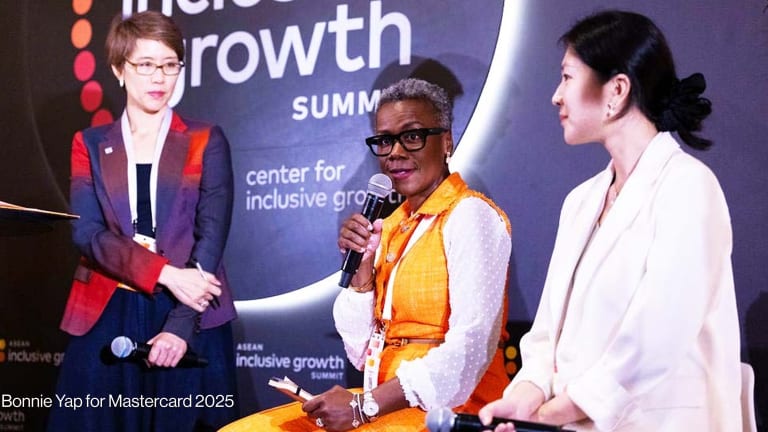
EDITOR’S NOTE:Biometrics is a growing field that can help people authenticate themselves and access basic rights and services, including education and health care, formal employment and financial services, pensions and disaster relief. In a report published by the Center for Global Development, Alan Gelb and Julia Clark reviewed more than 160 biometric identification cases in 73 developing countries and found that roughly half of them were supported by international donors like the World Bank, International Finance Corp., U.S. Agency for International Development and Bill & Melinda Gates Foundation. The international development community can help leverage biometrics in its fight against poverty, the authors conclude in the below excerpt.
Low-income countries still face a large identity gap relative to rich ones; their official identification systems often have limited coverage and low accuracy. Within countries, there is a similar “identity gap” between rich and poor; the latter are far less likely to have strong birth certificates or other official identification. States cannot engage effectively with unidentified citizens. Without robust identification, individuals are excluded in many ways.They cannot authenticate themselves to claim rights, including services, voting, or participation in the formal economy.
The “identity gap” is increasingly recognized as not only a symptom of underdevelopment but a contributing factor. Programs are increasing, both to provide official identity and to strengthen identification as an instrument in development-related areas, including banking and finance, public payroll management, social transfers and pensions, health-care and health insurance and voter rolls. Many of these programs have begun to use biometric identification technology, so that the sales of the industry are growing more even more rapidly in poor countries than in rich ones.
National identification is a contentious topic, as is biometric technology, perhaps because of its association with surveillance and security — still, these concerns are still more pronounced in rich countries than in poor ones. This paper has considered developmental applications, drawing on information from 160 programs across low and middle-income countries, and distinguishing as far as possible between identification in general and biometric technology in particular. Some programs have emphasized foundational national ID, and its extension to a range of programs; others have been purpose-driven, building from an application to a broader purposed identity system. Countries differ in many ways, and there is no unique path towards developmental identification.
The paper argues that to be successful from a development perspective, applications have to be both inclusive and efficiency-enhancing. While the area cries out for more rigorous assessment, some of the cases appear to pass these tests and represent significant innovations in the developmental use of technology. But others fail to improve inclusion or efficiency (or both), pointing to the importance of context and implementation in the application of technology. These conclusions draw on available information. We recognize the need for more empirical evaluation, as well as more open performance data on the inclusion and accuracy of the identification systems themselves.
Where do we go from here? One lesson from the cases is the value of adopting a strategic developmental approach to identification, rather than seeing it simply program-by-program as a cost and adopting ad hoc approaches. This is also an issue for donors, who have supported at least half of the cases included in this paper. Especially with the maturation of the technology, countries should assess their identity management situation, review their needs, and formulate a strategy — together with donors — that can be rolled out in a way that integrates robust identification with a range of development programs. The alternative is a project-by-project approach, with waste, inconvenience to citizens, and possible failure to reap the benefits of the technology.
A number of countries, including Pakistan, India, and various Latin American countries, offer good examples for South-South learning. By sharing and framing key lessons and tradeoffs, countries and donors can learn to strengthen identification systems, including through the application of biometrics when advantageous, and the use of alternative technology it is not. This requires greater partnerships both between and within countries that have undertaken identity projects, agencies that frequently use or fund biometric and identification technology — the World Bank, OAS, IDB, UNICEF, UNDP, bilateral agencies — and technical experts. When applied smartly, the biometric revolution can indeed be harnessed for development.
Excerpt republished with permission from the Center for Global Development. Read the full report.








